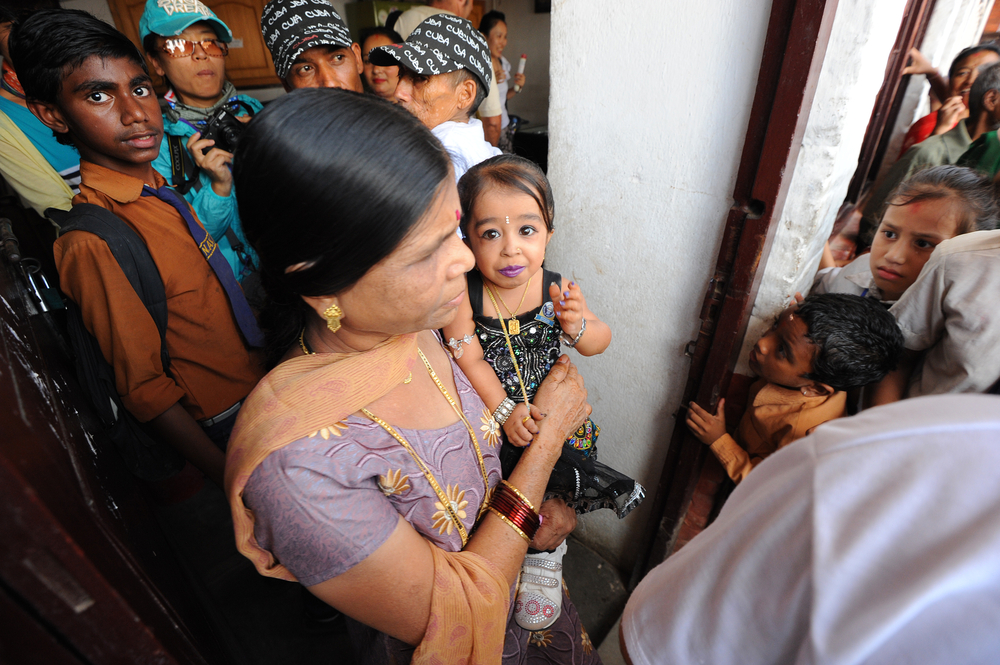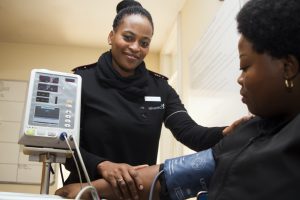Achondroplasia is a rare genetic condition that results in a bone growth disorder that affects the conversion of cartilage to bone during bone development, particularly in the limbs.
The condition is characterised by a form of short-limb dwarfism and can lead to a myriad of health conditions such as obesity, ear infections, or problems with breathing. Achondroplasia occurs in approximately 1 in about 20,000 to 30,000 live births and while it can be an inherited condition, it can also occur as a result of a spontaneous genetic mutation.
How Does Achondroplasia Occur?
Achondroplasia occurs as a result of a genetic mutation that leads to shorter and slower-growing bones. This is caused by a mutation of the fibroblast growth factor receptor 3 (FGFR3), which is the gene that provides instructions for cell division, formation of new blood vessels, and bone growth, amongst other functions.
When the FGFR3 gene mutates, this leads to its protein being overactive, leading to complications when it comes to bone production and the conversion of cartilage to bone.
Physical traits of achondroplasia include:
- An enlarged head (macrocephaly)
- Short stature (full adult height of about 1.2 metres)
- Short limbs
Individuals with this condition are expected to have normal life expectancies, with only 20-50% of those diagnosed experiencing varying degrees of neurological impairment.
Signs and Symptoms of Achondroplasia
Those who have been diagnosed with achondroplasia may experience varying symptoms, but there are also certain symptoms that are more common, such as:
- Large head with a flattened bridge of the nose
- Maximum adult height of 1.2 metres only
- Misalignment of teeth
- Bowed legs
- Flat feet
- Short arms and legs
- Limited mobility of the elbows
- Irregular muscle tone
- Loose joints
- Frequently occurring infections of the middle ear
- Kyphosis or lordosis of the spine
- Delayed developmental milestones in children
Some patients with achondroplasia may also experience sleep apnea and obesity.
Diagnosing Achondroplasia
In instances where one or both parents have achondroplasia, prenatal diagnosis is recommended. For this diagnosis, a prenatal ultrasound will be able to identify if there is an excess of amniotic fluid surrounding the fetus, which may indicate achondroplasia.
Following birth, diagnostic tests include obtaining a front-to-back head size measurement, as well as diagnostic imaging of the long bones in the body (in the upper arms and legs). Further diagnostic imaging tools such as computer tomography (CT) scans or magnetic resonance imaging (MRI) can be used to determine if there is spinal compression or hydrocephalus.
Treating Achondroplasia
Treatment options for patients that have been diagnosed with achondroplasia include alleviating pain associated with individual symptoms, which may include:
- Back support for patients with spinal kyphosis
- Weight management treatment
- Sleep apnea treatment
- Draining fluid from ears and managing infections
- Surgery to correct spinal curvature or bowed legs
- Dental treatment to correct occlusion of misaligned teeth
- Occupational therapy for problems associated with everyday activities
As most instances of achondroplasia develop spontaneously, no preventative measures may be taken to prevent the condition.
In the event that one or both parents have already been diagnosed with achondroplasia, genetic testing and counselling might provide answers on the likelihood of their child inheriting the same condition. While achondroplasia cannot be prevented, it is possible to manage the condition. Parents need to assist their children in navigating a world that is built for taller people by circumventing any daily obstructions or complications.
Furthermore, engaging a team of medical specialists to help alleviate individual symptoms a patient might be experiencing can help to meet the patient’s emotional and physical needs.














